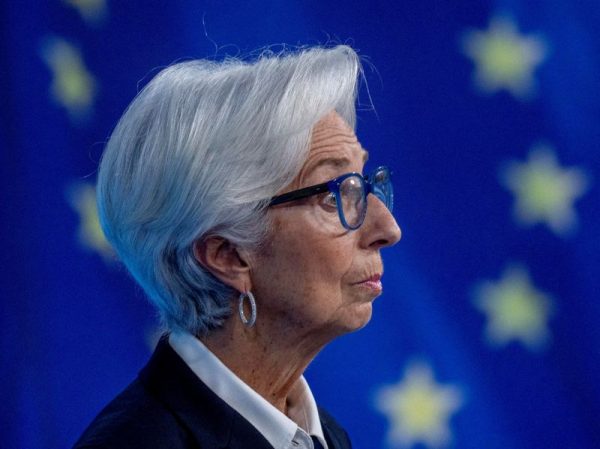
The stance of both the ECB and the FED suggests that central banks are still looking for direction
On Wednesday, June 14, the American central bank, the FED managed to send a message that it insists on a policy of increasing interest rates by announcing that this time it will not raise interest rates.
The reason is that the announcement that a 15-month rate hike that included 10 straight hikes was temporarily halted was accompanied by the clarification that two more 0.25% hikes would be coming by the end of the year, which ultimately amounts to a fairly aggressive rate policy. .
And this is because this announcement of the next increases means that the interest rate will end up at a level of 5.5%-5.7% which is considered to be about half a percentage point higher than the previous estimates.
p>
But such a base rate will mean a significant additional cost to the American economy, despite the positive signs it is showing in other areas, and could stop some of its growth momentum.
And the questions become even more urgent as long as the question of whether the US economy has reached the limit of its growth potential remains active. For example, while unemployment remains at a historically low level, it nevertheless showed a slight upward trend for the first time in May, reaching 3.7%, the highest level in the last seven months.
There are not a few people in the US who are afraid that growth rates in the US will slow and there is even the possibility of a recession in the not too distant future. The World Bank has forecast growth (in real GDP terms) in the US at 1.1% for 2023 (upward revision) and 0.8% for 2024 (downward revision).
Against this background, indeed, interest rates finally going to the level announced by the FED could be a factor that would accelerate the transition of the American economy into a recessionary dynamic.
At the same time, inflation in the US appeared to ease in May moving to 4.05%, which is the lowest level in two years and well below the peak of 9.06% in June 2022. However, it remains well above the 2% level that remains the declarative goal of the FED.
On the other hand, there are those who insist that one of the reasons that the FED chose the tactic of not raising interest rates and announcing the increases until the end of the year is exactly the same as trying to show that it wants to weigh things up and if need to adjust its tactics based on the data but also to send the message that it remains “resolute”.

ECB insists on increases
The ECB on the other hand announced on June 15 that it is increasing its key interest rate by 0, 25% to 3.5% which is the highest key rate in its 22-year history.
The EKT has to deal with relatively higher inflation in the Eurozone. For May 2023, it is estimated to be 6.1%, well below April's 7% but certainly high.
Based on the ECB's “anti-inflationary” baseline, it seems reasonable to proceed with increases interest rates. After all, here the difference between the key interest rate and inflation is greater than in the US and there seems to be room for increases.
However, in Europe there is one more parameter: The eurozone is technically in recession at the moment, having recorded two consecutive quarters, the last in 2022 and the first in 2023 with a contraction. And in fact, the “steam engine” of the recession is the traditional “steam engine of growth”, Germany (along with countries like Ireland).
In this sense, one could question how legitimate it is to raise interest rates at a time of, if not recession, certainly slowing growth rates in Europe, even if the starting point is still lower than the US.
< p>The strategic embarrassment of central banks
But the question is more general. In any case, the current rise in inflation, which appears to be subsiding although remains at high levels, has had the peculiarity of being mainly supply-side, whether it concerned problems in supply chains or the effort of businesses to maintain high levels profitability rather than excess demand or rising labor costs. At the same time, the growth dynamics remain highly contradictory.
However, central banks on both sides of the Atlantic have managements that have been predominantly educated within a very specific economic “orthodoxy”.
In this way of thinking, if inflation rises, the reaction is one-way: increase interest rates with the ultimate goal of causing a recession in the economy, reducing employment, reducing disposable income and thus adjusting consumer prices accordingly.
At the same time, however, governments perceive inflation as a cost-of-living crisis that needs to be addressed and recession as a harbinger of a more general economic downturn.
This creates a contradictory climate, both in terms of policy production, both in terms of how it is employed, but also a deeper confusion as to which policy should ultimately be chosen.




